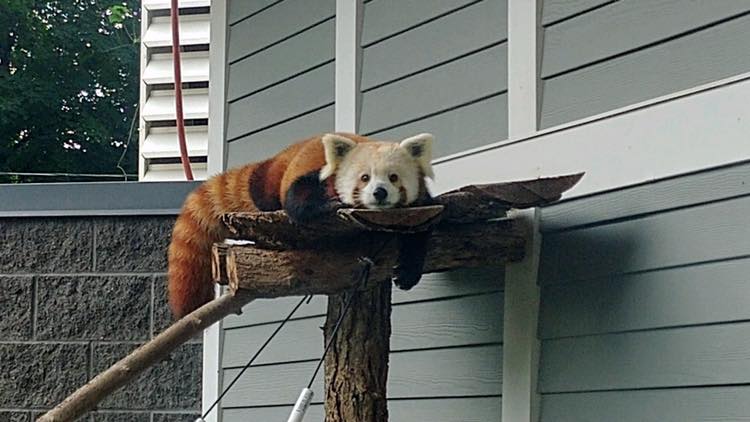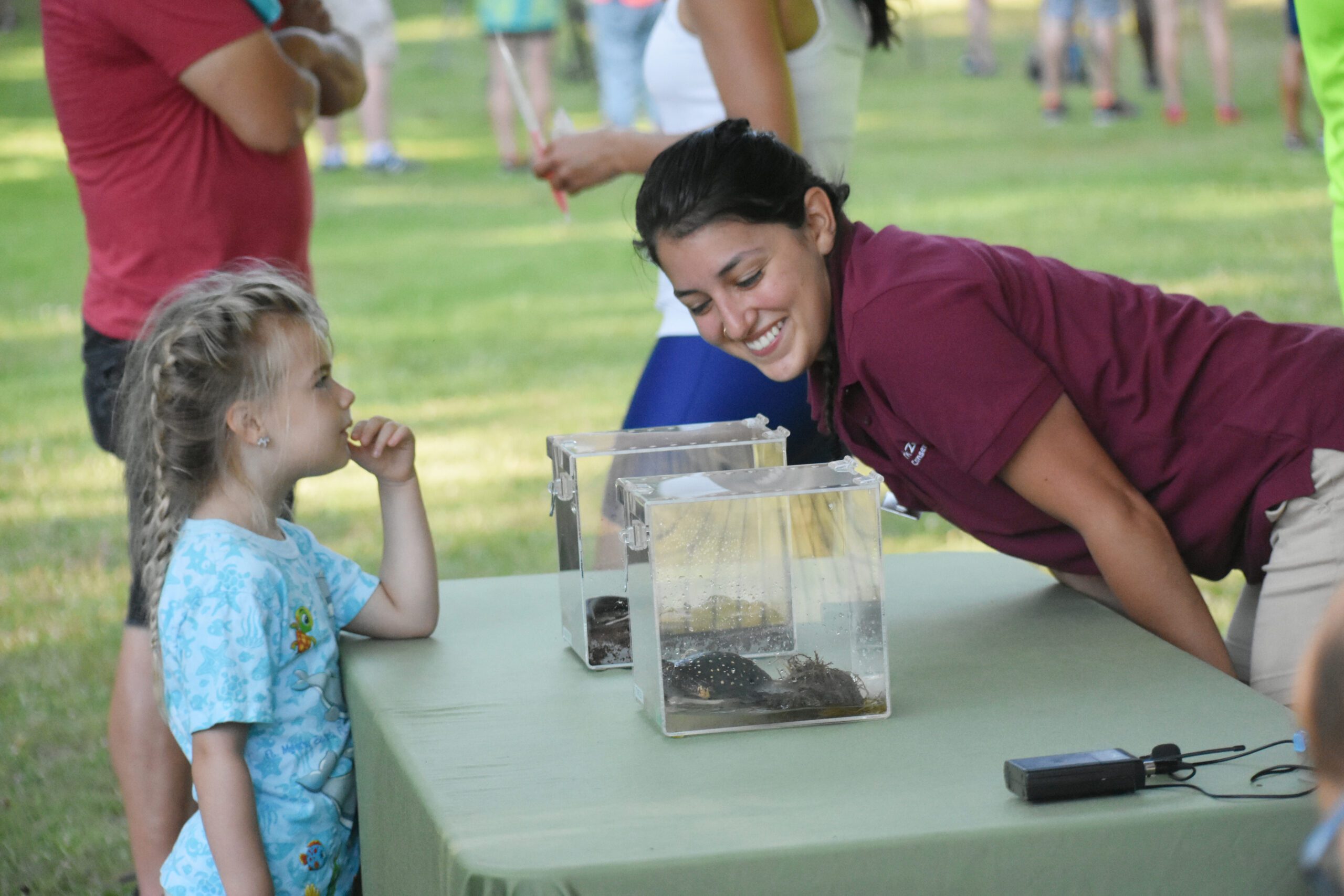September 17, 2020
Seneca Park Zoo supports conservation efforts both locally and globally. This week we are celebrating red pandas and highlighting the conservation work that is being done to protect this species and the natural habitat they depend on. Red pandas are naturally found in Eastern Himalayan broadleaf forests, which are one of the most biodiverse ecosystems in the world. These forests are also considered to be the lungs of South Asia – when they are healthy and functioning properly, they support the lives of the people, animals, and plants throughout the entire region.
As an arboreal species, red pandas depend heavily on these forests for all aspects of their survival. However, deforestation and fragmentation in this region has caused the global red panda population to decline by a whopping 50% over the last 20 years. To help protect these crucial forests, Seneca Park Zoo has partnered with Red Panda Network (RPN), who works together with local communities to educate and empower community members to protect red pandas and their habitat.
In eastern Nepal, RPN is establishing the world’s first protected area dedicated to red pandas: the Panchthar-Ilam-Taplejung (PIT) Red Panda Protected Forest. This forest is home to over 100 red pandas and serves as an important corridor connecting protected areas in India, Nepal, and China. Establishing the PIT Red Panda Protected Forest will bridge a gap that will create 11,500km of uninterrupted protected land. This vast area will not only protect endangered red pandas, it will also benefit other species in the region including vulnerable clouded leopards, critically endangered pangolins, and hundreds of bird and plant species.
RPN recognizes that conservation can’t be successful without the support and partnership of surrounding communities. The PIT Red Panda Protected Forest will be the first protected forest in Nepal to be managed by a network of community forest groups, which will allow the people who use and protect the region to retain decision-making power over it. RPN works closely with local communities to develop conservation programs that foster environmental stewardship while also providing sustainable livelihoods for community members. These programs include an anti-poaching network, forest guardian team, livestock herding management committee, and forest conservation nurseries. Creating economic opportunities that benefit community members while also restoring their surrounding environment is a recipe for conservation success.You can support these efforts here. To learn more about the important work Red Panda Network is doing, visit redpandanetwork.org
– Annie Wheeler, Lead Zoo Naturalist for Programs










